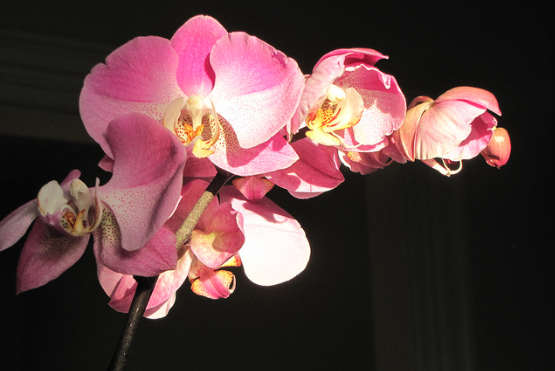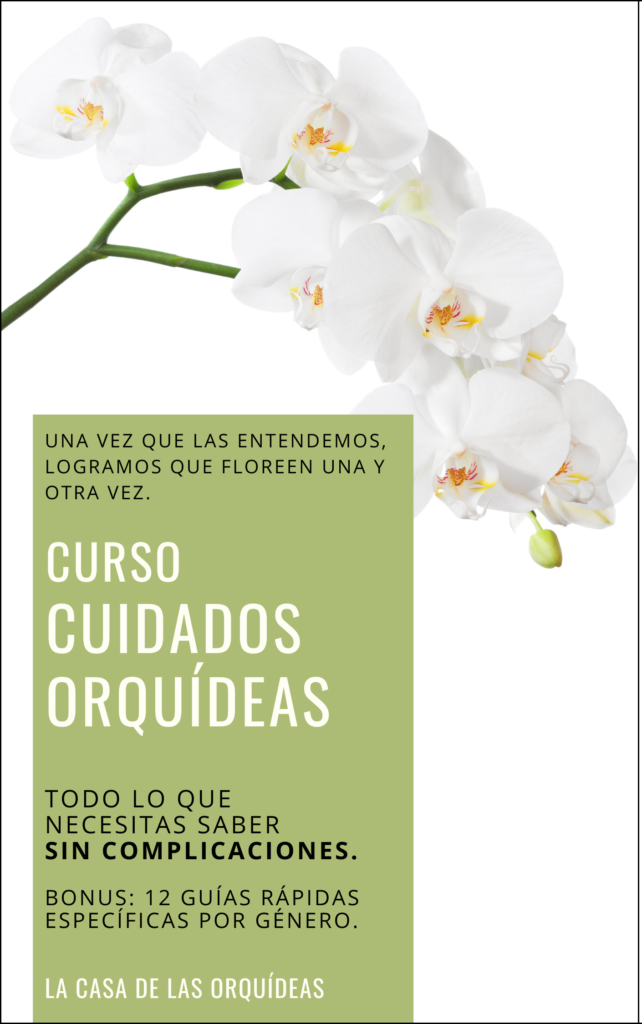+ Spanish
Let’s begin with an obvious answer: yes, your orchids need light to develop!! But, how do you know if they are getting enough or too much light?
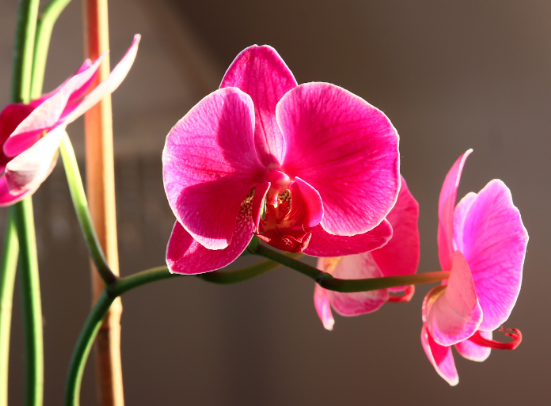
For many of us, when an orchid arrives to our home we search for a spot to place it where it can be shown off and enjoyed; however, one of the main considerations we need to think about when finding the right spot for our orchids is how much natural light will they be getting.
How much light can be a confusing subject. In this article we’ll talk about why it is confusing and we’ll teach you a simple trick to measure the amount of light your orchids are actually getting.
Let’s begin by explaining why it is confusing:
a) vague terminology
You have surely come across an orchid care label that states that it should get “bright light” or “partial shadow”… and here’s where the confusion begins.
How much light is “bright light”? How many hours of light should the plant receive, direct or indirect sunlight? Is morning light better than afternoon light? Exposed to the light from the east or the south?
Every person can have a different interpretation and a different answer to any of these questions.
b) it’s hard to measure light accurately
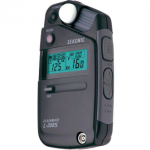 Light isn0t like water, for example, where you can measure in cups and gallons. That’s why these labels use descriptive terminology when advising how much light your orchid (or any plant) needs.
Light isn0t like water, for example, where you can measure in cups and gallons. That’s why these labels use descriptive terminology when advising how much light your orchid (or any plant) needs.
Unless you have a photometer (that is not a common item to have in you’re house unless you are a professional photographer), measuring the intensity of the light with the same precision as you can measure water or temperature can be difficult.
NOT ENOUGH, ENOUGH OR TOO MUCH LIGHT:
Your orchids will react to the intensity and amount of light they are receiving and you will be able to tell if they are lacking light or if they are getting too much if they show any of these symptoms:
Not enough light: the leaves will become softer, thinner and darker. The plant will have an exaggerated elongation that stresses them, this is when the distance between the old leaves and the new ones get’s larger and larger. They’ll have little or no new growths at all and the buds that may have grown, won’t open.
Too much light: the leaves will turn to a yellowish green. The sun can produce sunburns on the leaves that present themselves as brown round or oval spots, with a similar feel as the blisters we get when we overexpose ourselves to the sun.
Most orchids prefer indirect light. You shouldn’t leave them under direct sunlight, especially during summer, because in combination with high humidity levels and high temperatures, your orchid could die. In interiors, they can be close to a window as long as it has a sheer curtain that filters the light during the brighter hours of the day; they can receive direct light early in the morning or late in the afternoon. In exteriors, they should be placed on a spot that gets shadowy during the most intense light hours, like under a tree or mounted on it where the branches will filter the light.
The genus Vanda tolerates very well strong light, they enjoy the sun and they can be placed in broad daylight all day; however, of they get some shadow during the highest intensity hours, is better. Consider that the higher the light, the higher the waterings and their frequency.
El género Vanda tolera muy bien el sol y les gusta, pueden colocarse sin problemas bajo el sol todo el día; de cualquier manera si tienen algo de sombra en las horas más fuertes de sol, es mejor. To get a better picture of how much light your orchid should get, check out the table we prepared for you here: choosing the right orchid for you and your zone.
Once you know how much light your orchid should get, you can use a simple trick to determine the intensity of light any given spot in your home is getting:
THE SHADOW TRICK:
Even though measuring light without expensive equipment is hard, with this trick you’ll get an 80% accuracy and that’s enough for your orchids to thrive!!
To get an idea of how much light a spot in hour house / garden is getting without a photometer, there’s a simple test you can do simply by placing your hand about 12” above the surface you want to place your orchid on and watching the kind of shadow your hand makes during the most intense hours of sun:
Low light orchids: the shadow should be almost imperceptible
Medium light orchids: the shadow should be light grey, not completely defined
High light orchids: the shadow should me dark and really defined
* In the same window you’ll have different light intensities depending on how close you place the orchid to the window; try placing it really close, if it’s too much light, try placing it 12” from the window and test, even further and test…
For the most sophisticated ones that own a photometer, the fc measurement should be as follows:
Low: 1,000 a 1,500 fc / Medium: 1,500 a 3,000 fc / High: 3,000 a 4,500 fc
Throughout the day, you’ll want your orchid to get as much proper light hours as posible. There are natural variations of light intensity during the day, make sure that in the harsh light hours your orchid is getting the correct amount (low, medium, high). For example, if you have a low light species, it shouldn’t get high light at any time of the day.
Finally, keep in mind that there is a huge reduction of light from summer to winter. During the colder months with less sun hours you may want to move your orchids to a brighter spot (do the shadow trick!). For example, if you have a Phalaenopsis in your coffee table in the center of the room, during the winter you can place it closer to a window with a sheer curtain. Don’t overexpose your orchids thinking that the winter sun is softer, this sunlight can also burn your plants, but you can leave the curtains open during sunrise or sundown and allow them to get some direct light.
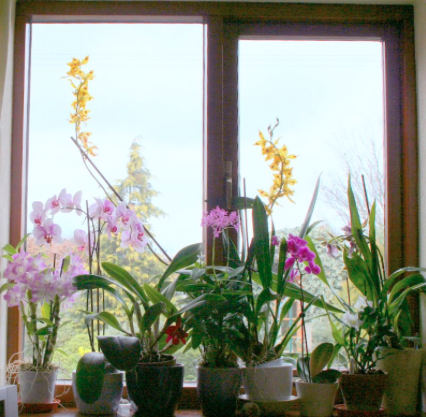
check out our store!!
(click on the image)

